Optimal Timing for Trenching Services
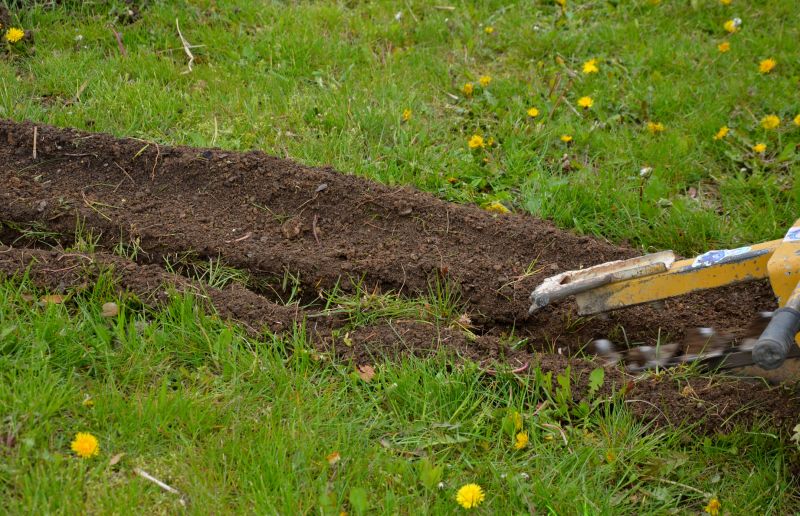
Spring offers moderate soil moisture levels, making it suitable for trenching projects before the heat of summer.

Fall provides cooler temperatures and stable soil conditions, reducing the risk of ground shifting during trenching.

Summer can be challenging due to high temperatures and dry soil, but with proper planning, trenching remains feasible.

Ways to make Trenching Service work in tight or awkward layouts.
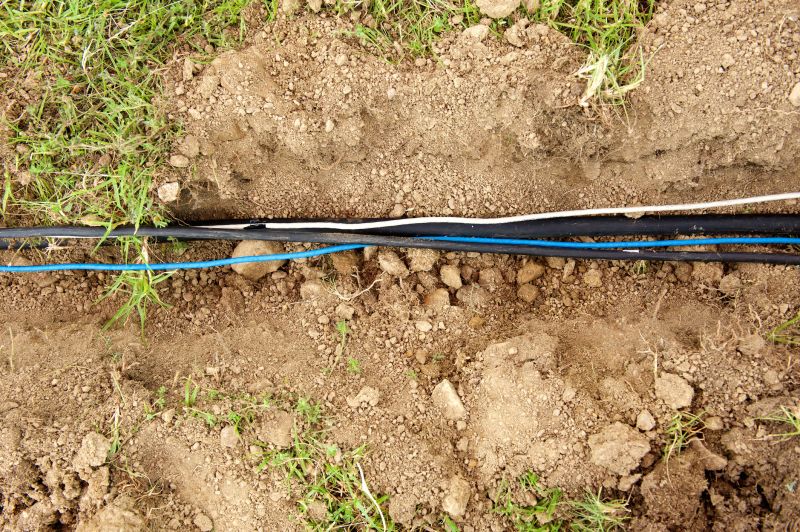
Popular materials for Trenching Service and why they hold up over time.

Simple add-ons that improve Trenching Service without blowing the budget.
Trenching service involves excavating narrow channels in the ground for laying utilities, drainage, or other infrastructure. The timing of trenching projects depends on soil conditions, weather patterns, and project urgency. Optimal periods typically include spring and fall when soil is moist enough to facilitate excavation without excessive difficulty. Proper timing ensures safety, efficiency, and cost-effectiveness, minimizing delays caused by adverse weather or soil instability.
Statistics indicate that trenching during moderate weather conditions reduces project duration by up to 20%. Soil moisture levels directly impact excavation speed and safety, with optimal moisture content preventing soil collapse or excessive dust. Planning trenching activities during suitable seasons can also lower equipment wear and reduce the need for additional stabilization measures.
Ideal soil moisture and stability are crucial for efficient trenching operations.
Rain and extreme heat can delay or complicate trenching projects.
Immediate projects may require trenching outside optimal seasons with additional precautions.
Proper timing preserves equipment lifespan and reduces maintenance needs.
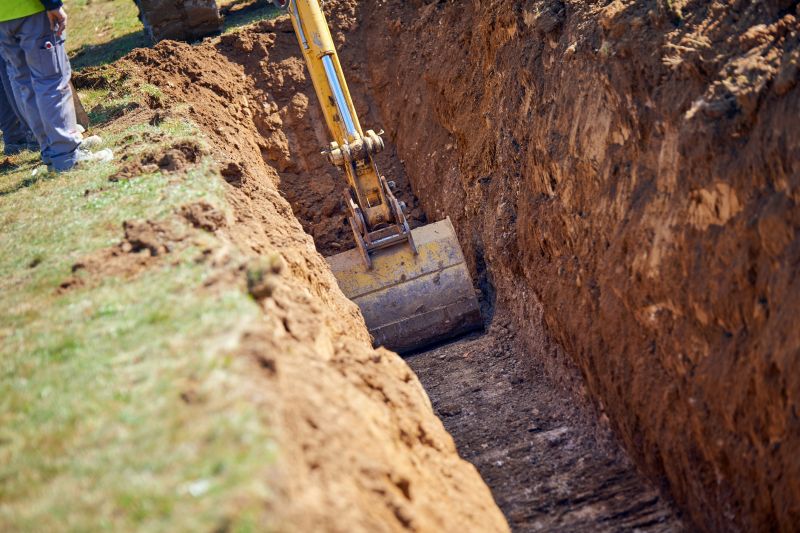
High-end options that actually feel worth it for Trenching Service.

Finishes and colors that play nicely with Trenching Service.
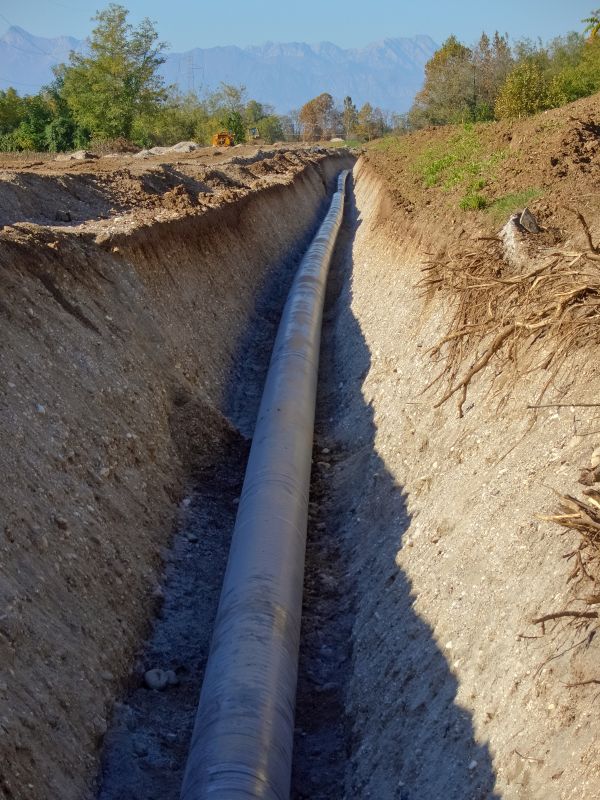
Little measurements that prevent headaches on Trenching Service day.
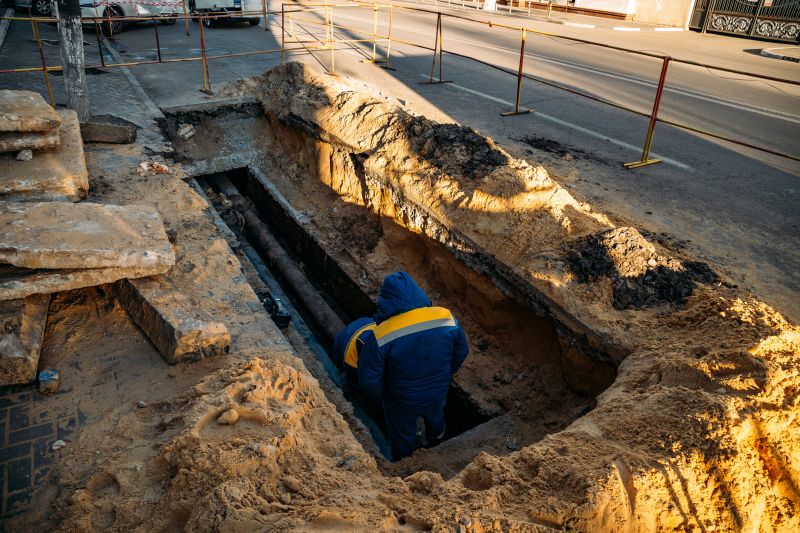
A 60-second routine that keeps Trenching Service looking new.
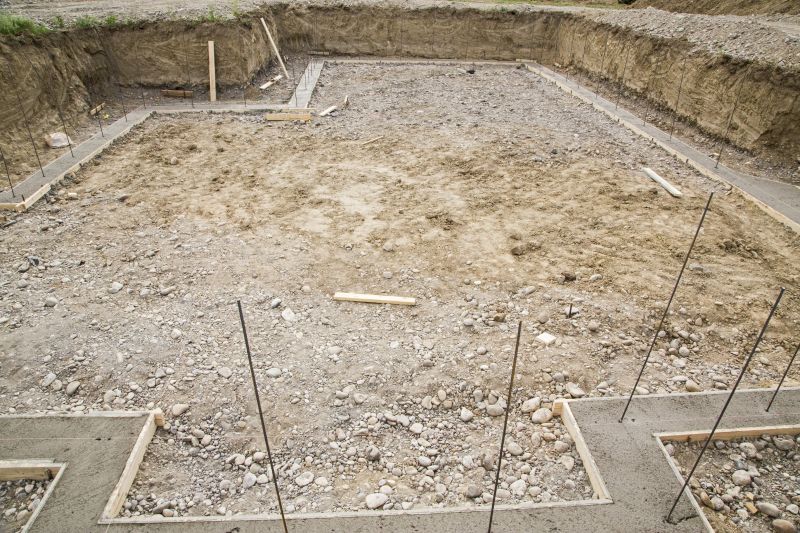
A frequent mistake in Trenching Service and how to dodge it.

Small tweaks to make Trenching Service safer and easier to use.
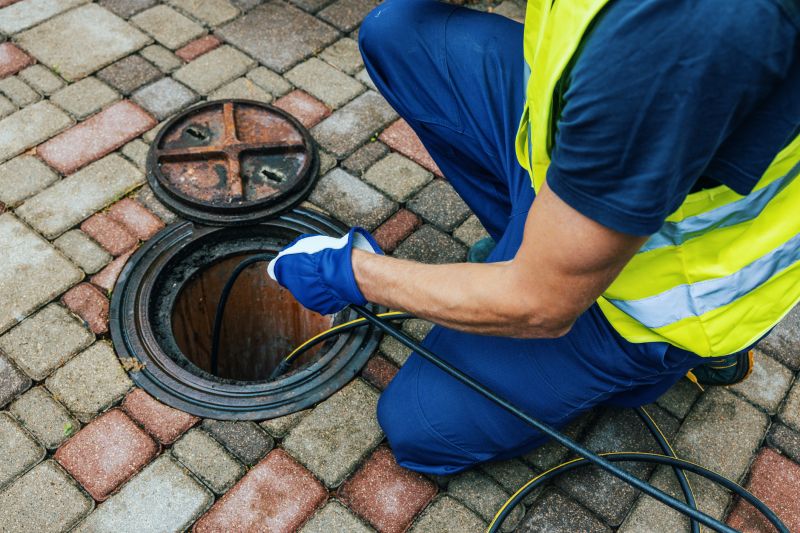
Lower-waste or water-saving choices for Trenching Service.
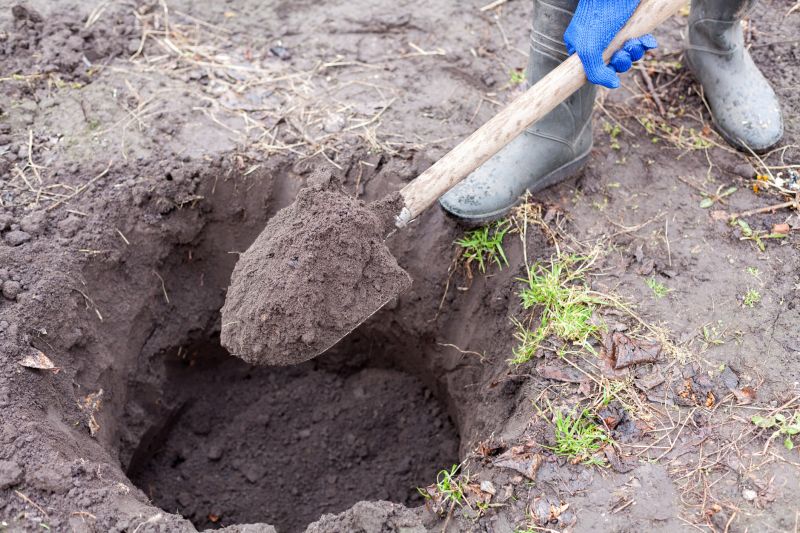
The short, realistic tool list for quality Trenching Service.
| Season | Ideal Conditions |
|---|---|
| Spring | Moist soil, moderate temperatures |
| Fall | Stable soil, cooler weather |
| Summer | Possible with precautions, high temperatures |
| Winter | Generally not recommended due to frozen ground |
| Rainy periods | Delays and soil instability |
| Dry spells | Increased dust and soil difficulty |
| Post-storm | Risks of soil collapse and delays |
Choosing the appropriate time for trenching enhances safety, reduces costs, and improves project timelines. Proper seasonal planning accounts for soil moisture, weather forecasts, and ground stability, ensuring the trenching process proceeds smoothly. Consulting local weather patterns and soil conditions can aid in scheduling activities for optimal results.

Rough timing from prep to clean-up for Trenching Service.
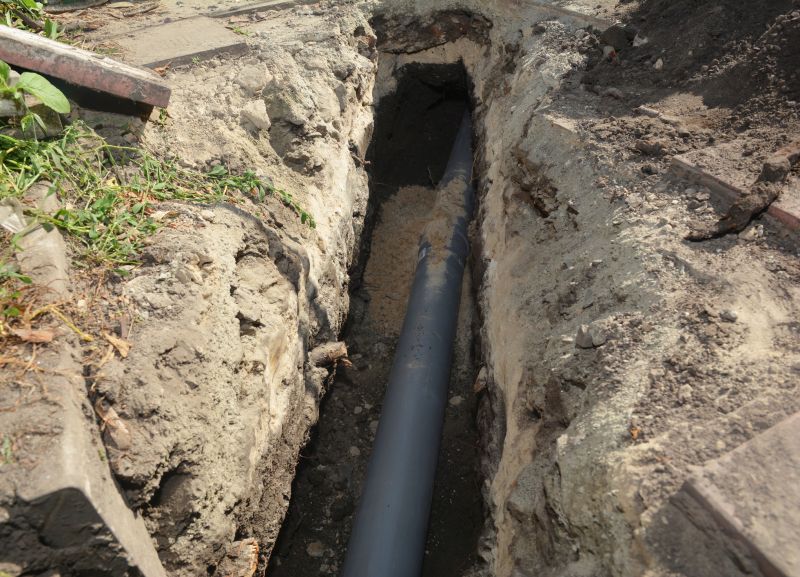
Quick checks and paperwork to keep after Trenching Service.
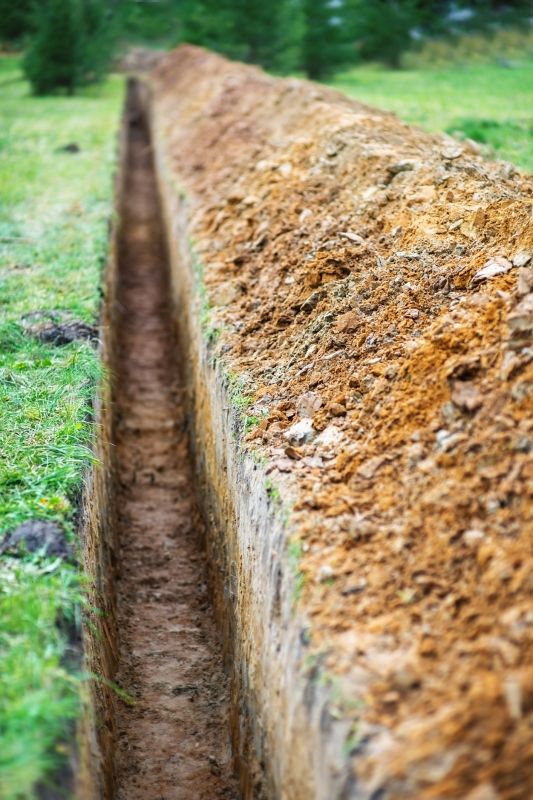
Examples that show the impact a good Trenching Service can make.
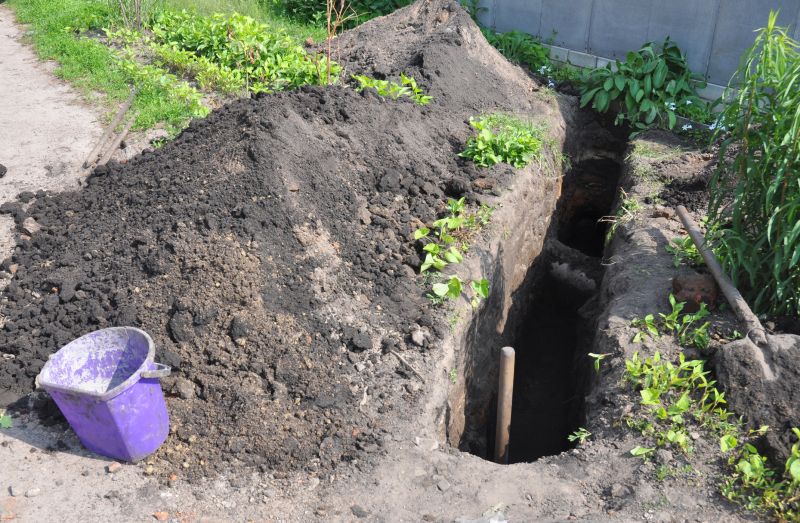
Ways to make Trenching Service work in tight or awkward layouts.

Ways to make Trenching Service work in tight or awkward layouts.
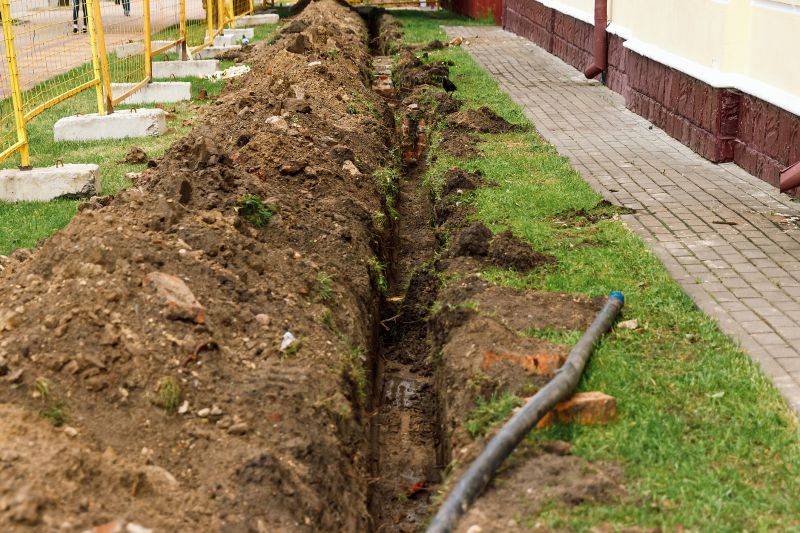
Ways to make Trenching Service work in tight or awkward layouts.

Ways to make Trenching Service work in tight or awkward layouts.
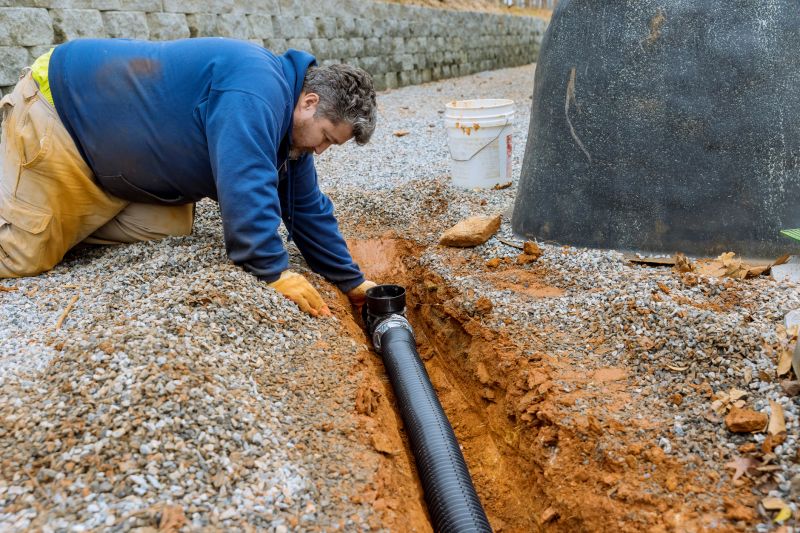
Ways to make Trenching Service work in tight or awkward layouts.
Interested parties are encouraged to contact for more information about scheduling trenching services during optimal seasons. Proper planning and timing can lead to more efficient and cost-effective project completion, ensuring infrastructure is installed safely and effectively.



